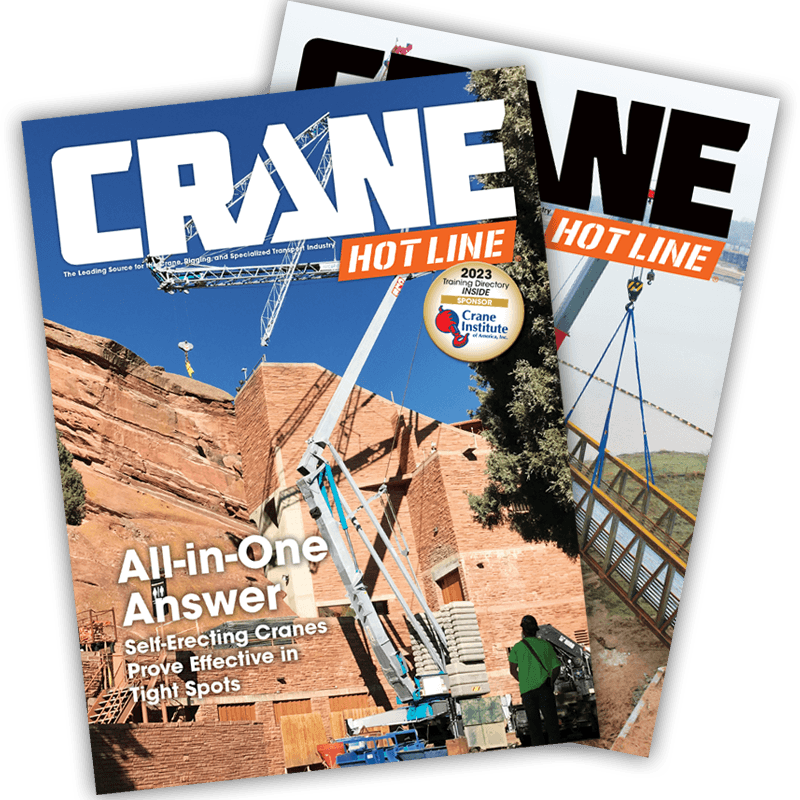The Danger of Good Intentions
 |
| Rick Raef |
April 5, 2006 — Earlier this year a member of an industrial painting crew fell from a bridge into the Mississippi River near
At the time, TV and newspaper stories established this scenario: Three painters positioned on a work platform below the bridge fell when the platform's support cable gave way. The lives of these workers were spared because they were wearing personal fall protection equipment. A fourth worker, while attempting to rescue the first three, fell into the river below. Conflicting details of the rescue attempt indicate that this worker either unhooked from the anchorage point, wasn't wearing a harness, or that the lanyard on his fall arrest system failed. To read the full news reports, go to KSDK News Channel 5 and the St. Louis Post-Dispatch.
Despite this lack of clarity, there are lessons to be learned from this incident.
First, when properly applied, personal fall arrest systems do work, regardless of your job environment, including platform of a boom lift, I-beam, or paint deck. That's why paying attention to the details of a harness' fit and adjustment, inspection of system components, and making use of proper anchorage points are issues that can quite literally determine whether someone lives or dies.
Second, even during those moments when the worst happens and the rescue process begins, the hazard still remains for those who come to help. Ironically, as the situation unfolded in this case, the three workers who remained dangling in their harnesses for more then an hour were for the most part stable and safe virtually moments after the work platform failed. It was the employee who responded after the accident occurred who fell from a substantial height into the river.
Would-be rescuers, despite the best of intentions, have to ensure their safety first before they can help others. This rule applies no matter where the call for help comes from, including up above on a bridge or down below in a trench.


